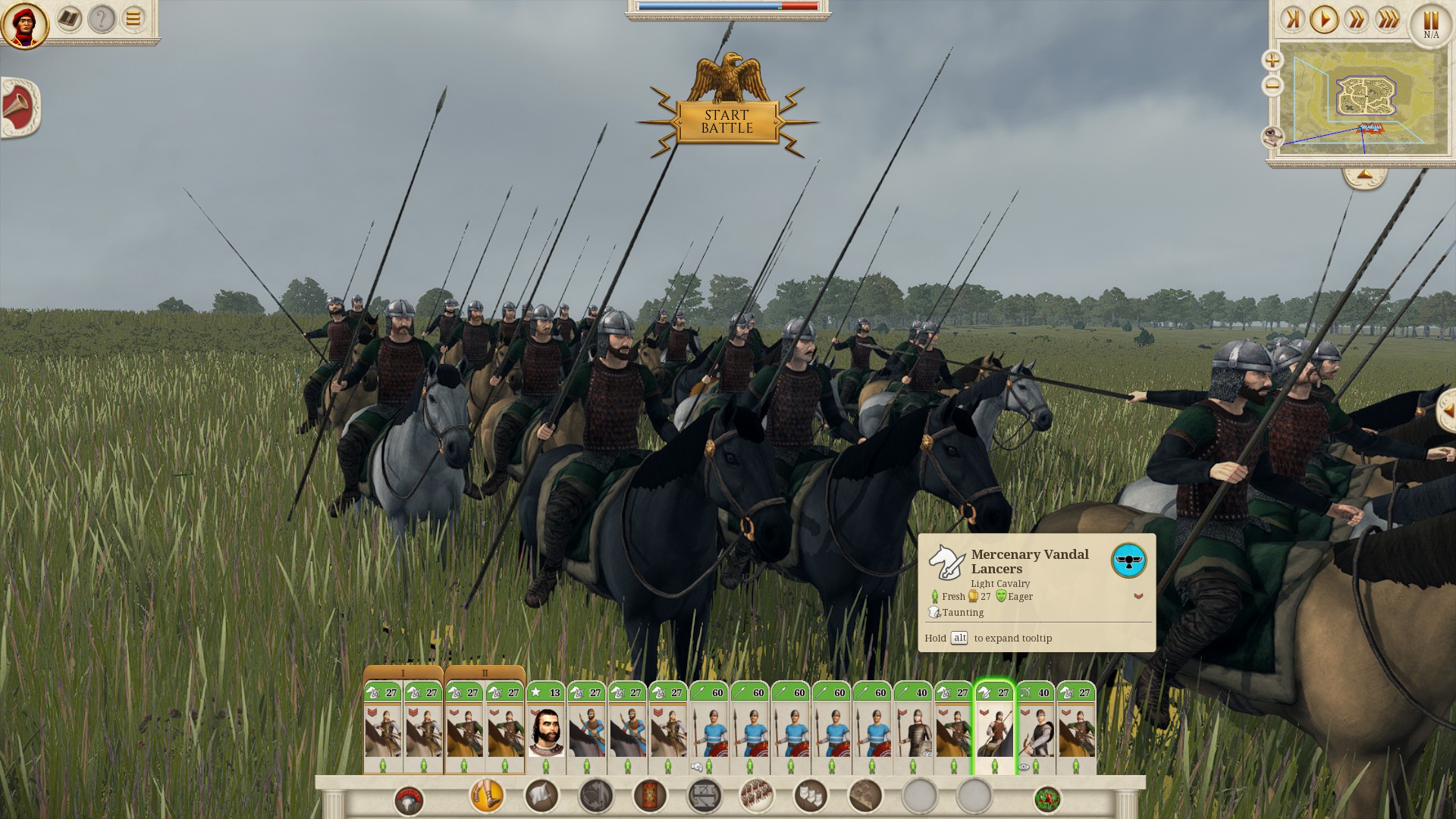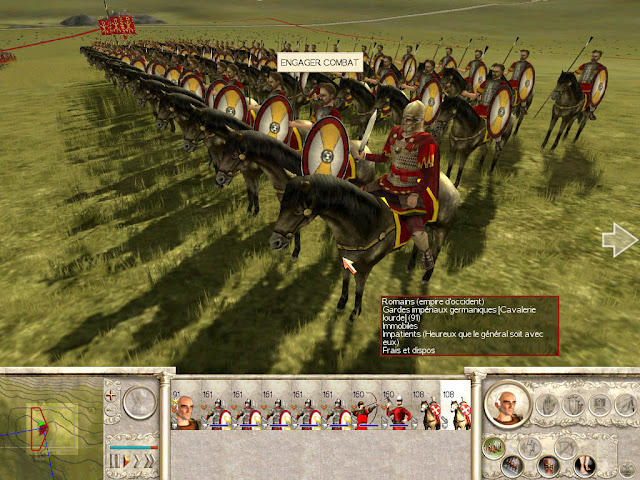

In some cases, like the cities we will not be able to retake for some time, we can also consider destroying much of the civilian infrastructure, simply because we are extremely strapped for cash (Salona, Carthago Nova, Lepcis Magna).Īt the same time, it is vital that we adjust the tax policy of every city, which we will mostly set to low.

To get even more cash, we demolish the military buildings in the provinces we are bound to lose to revolt very soon, because doing so will remove the rebellion’s ability to spawn your own powerful troops, making it that much easier to retake the cities. We might even want to do this in the cities which will 100% revolt in the next few turns, simply because of the nearby religious influence factor which will give us a long term Christianizing effect, like in some of the eastern provinces like Salona. We do this in as many cities as possible. But what this does, is first and foremost give us some extra needed cash, allowing us to replace them with churches. Now this might seem extreme, but, you’re right. Therefore, what we do in virtually 100% of the situations, is trash every pagan temple in the Empire. We see here that the most important thing in the long run will be the city temple or church, a governor’s personal religion, and the religious influence of nearby cities. Now, the there are several ways religion affects a city’s happiness, and ways of converting them. Therefore, we must be wary of what we do with each one. If the indicator is below 75%, you’re gonna have a bad time, because anything under 75% and your population will revolt within a few turns. To do so, we take a look at the happiness indicator of each city. We begin with looking at each individual city, to check which of them we are able to keep from revolting over a set number of turns, and then convert.

This is done because we have a distance to capital modifier which changes when you move your capital, and Massilia is basically in the center of your empire. Part 2įirst, change your capital from Rome to Massilia. What we have to do then, is convert the empire to whatever religion we wish, which in this tutorial is Christianity, rebuild it, and begin to look to our defenses. We’re looking at a grand total of religious fundamentalism, civil war, economic depression, and foreign invasion. Like at all.Īnd on top of that, we have completely smelly and unwashed barbarians at our gates, and believe me, they will make themselves heard. That’s right, we only have 1000 dinarii to spend at the start of the game, which is not even, tsk, it doesn’t, doesn’t even… yeah, it’s enough. Massive, cosmic imperial powers, itty bitty pocket change. Third, your empire is just too damn massive for its own good right now, and the further away your cities are to your capital, the angrier they will be.Īll of these factors lay the groundwork for your predicament. You lack basic infrastructure which needs fixing, and some cities simply have too large populations, requiring city upgrades.

Second is the fact that your cities are severely underdeveloped. The kicker is that this applies both to your population and your generals, and together with temples or churches and your faction leader, they all contribute to the spread of the various religions and happiness or unhappiness in your cities. Barbarian Invasion takes place in the midst of the Chritianization of the Roman Empire, but sadly, not everyone is as happy to praise the Lord Jesus Christ just yet, as they believe Jupiter still has a few good years left him. This is in large part due to three things. It might look all nice and red from up there, but as you can see, most of your cities are on the brink of utter revolt. For starters, your glorious Roman Empire is in decline, it is so decadent that it’s been split in two, and you, my dear imperator, are in charge of the lame part.īut in this guide, I will try to set you on the right path from turn one. Now, as many of you no doubt know already, the Western Roman Empire campaign is notoriously difficult for many reasons. Turn 1 Walkthrough and Explanations Introduction


 0 kommentar(er)
0 kommentar(er)
